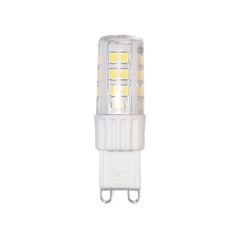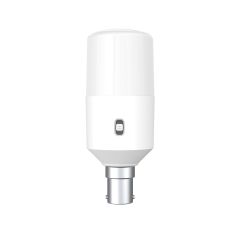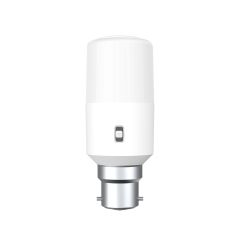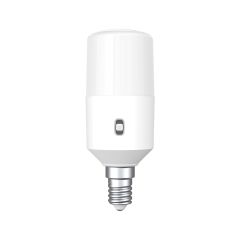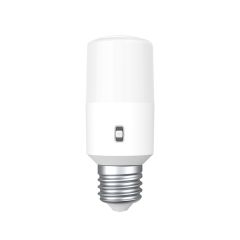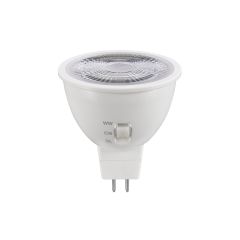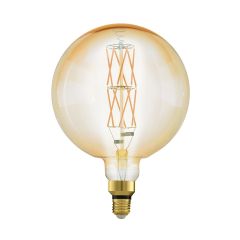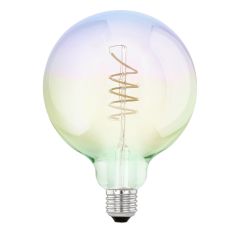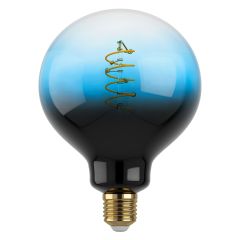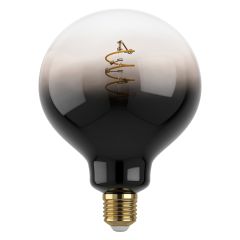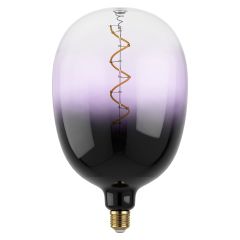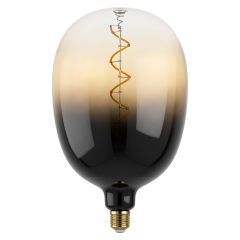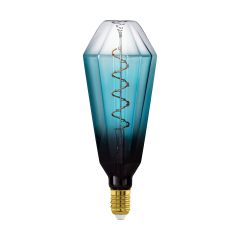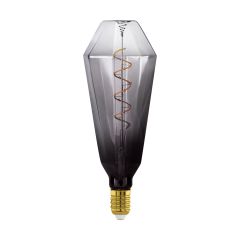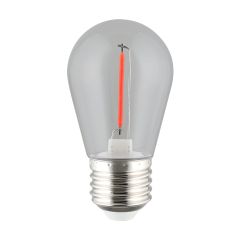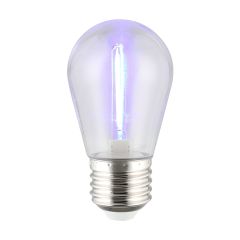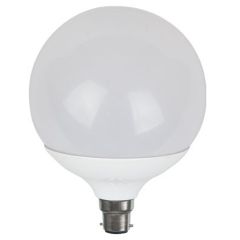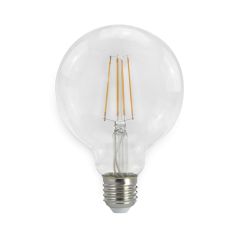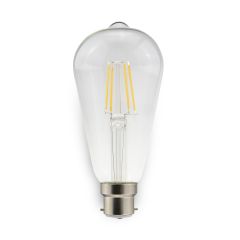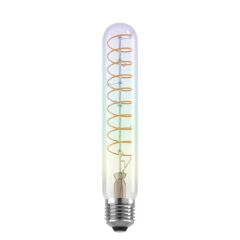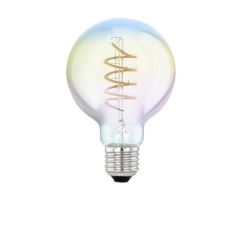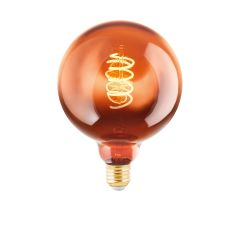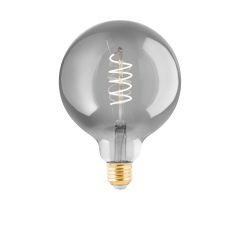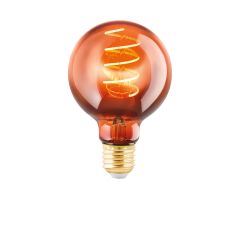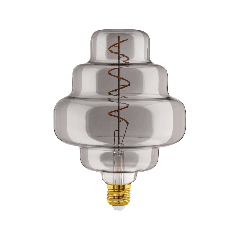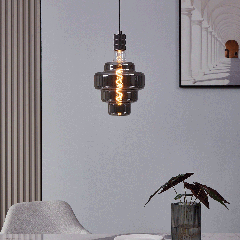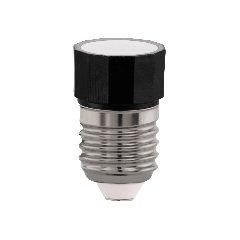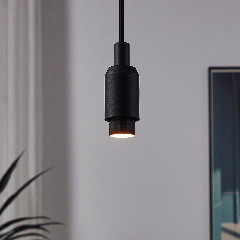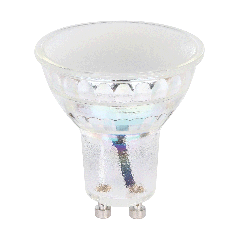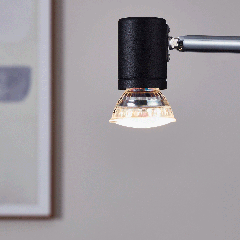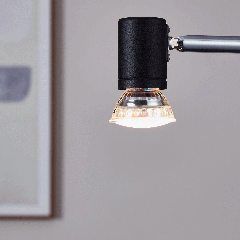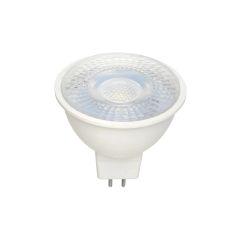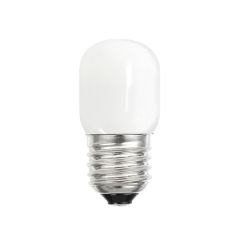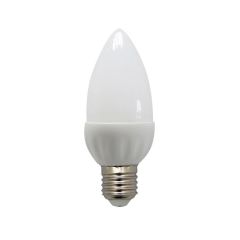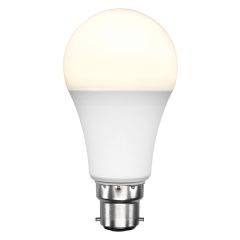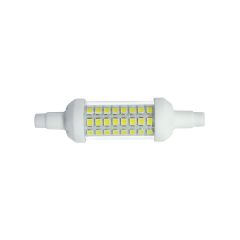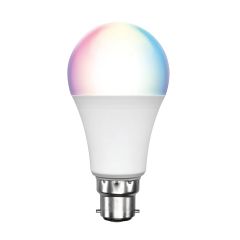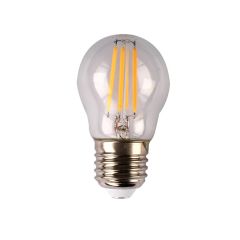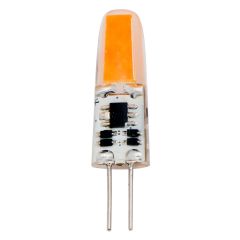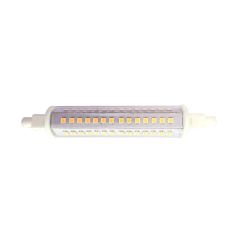1) Determine the ideal LED lighting type for your requirements
If you're just replacing a light bulb, the decision is likely straightforward (and you can skip this step). However, when planning a new lighting scheme, it's crucial to consider the principles of effective lighting design and define your lighting objectives. Are you looking for task lighting to assist with specific tasks, general lighting to illuminate the entire room, or accent lighting to showcase architectural elements or artwork? Different types of LED globes will serve these purposes in distinct ways.
2) Select or determine the type of mounting or globe base
LED globes come with different mounting options, and it's essential to know the various types of LED globe bases you may encounter. Here is a helpful guide to the common LED globe base types you'll likely need to choose from:-
Edison screw mount: Often denoted as E27 or E14, with 'E' representing Edison and either a 27mm or 14mm screw diameter.
Bayonet mount: Typically labeled as B22 or B15, with 'B' indicating Bayonet and either a 22mm or 15mm diameter.
GU10: This mount features two thick, nubby heads and is twisted into place.
MR16: This mount has two narrow, nail-like pins.
3) Choose the desired brightness level in lumens
Lumens represent the measurement of light output from an LED bulb. More lumens indicate a brighter light, while fewer lumens result in a dimmer light. Considering lumens allows you to determine the desired level of brightness. So, when making decisions about LED light bulbs, prioritize lumens over watts.
4) Choose a colour temperature
Have you ever noticed that certain lights emit a yellowish glow, while others have a bright white or even bluish tint? This difference in lighting is attributed to the 'colour temperature' they are designed to provide. Once you become aware of it, you'll likely observe it everywhere.
As a general guideline, opting for 'warmer', more yellowish colour temperatures in living areas creates a comfortable ambiance, while cooler colour temperatures are more suitable for areas where alertness and visibility are essential.
5) Wattages comparison
LED globes often vary in their lumen outputs even when they share similar wattages. Evaluating the 'lumens per watt' ratio is a useful approach to determine the efficiency of an LED globe.
Suppose you have two identical bulbs with one having a significantly lower wattage while producing the same lumen output. In such cases, it's worth considering the potential cost savings over extended periods of use.
If the price difference between the bulbs is not substantial, investing a little extra in a lower wattage globe could prove to be a wise decision in the long run.
6) Look at the rated lifespan
The rated lifespan of an LED globe is not merely an estimate of when it will cease to function. Typically, an LED has an average lifespan of up to 50,000 hours, making it approximately 50 times longer-lasting than a regular incandescent bulb, 20-25 times longer than a typical halogen bulb, and 8-10 times longer than a typical CFL (compact fluorescent lamp).
Unfortunately, some manufacturers fail to test the longevity of their LEDs under transparent and standardized laboratory conditions. For good quality LED lights, one can expect a minimum lifespan of 40,000 to 50,000 hours.
7) Product warranty, brand and quality
The manufacturer's warranty serves as a reliable indicator of product quality, a crucial factor to consider, given the abundance of subpar LED products flooding the market. Aim for a warranty lasting at least two to three years, though some manufacturers may offer even longer coverage.
Equally vital is choosing well-established brands with a longstanding presence in Australia, extending beyond a single distributor or importer. A generous five-year warranty loses its value if the dealer disappears before the warranty period ends, leaving you with no recourse. Prioritize brands that have earned trust and have proven their commitment to providing reliable products over time.





